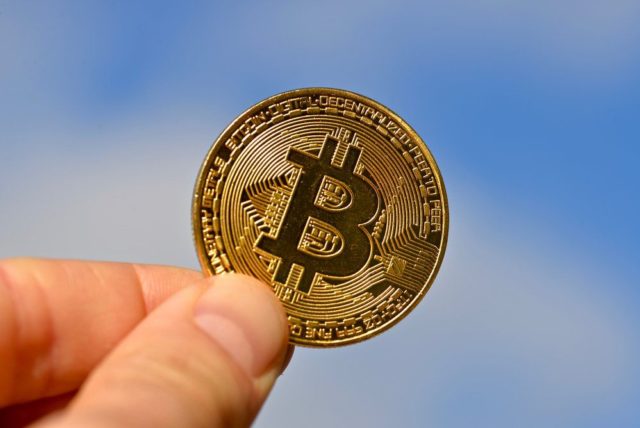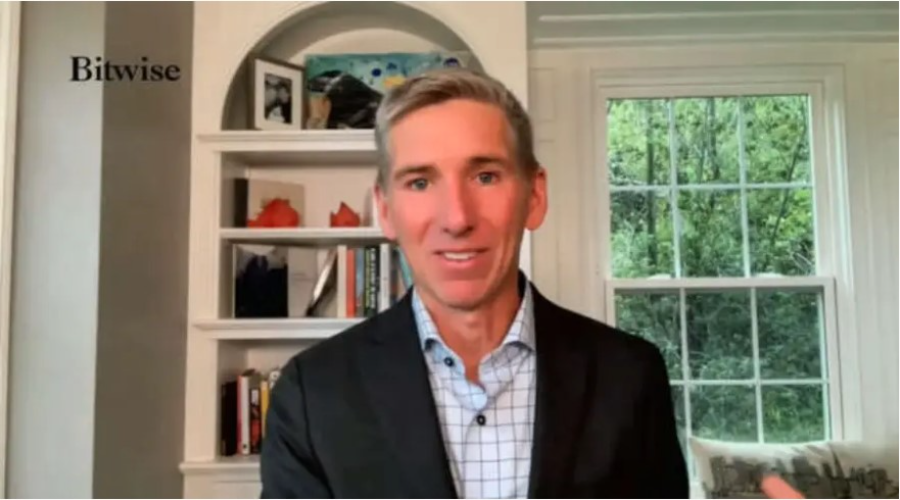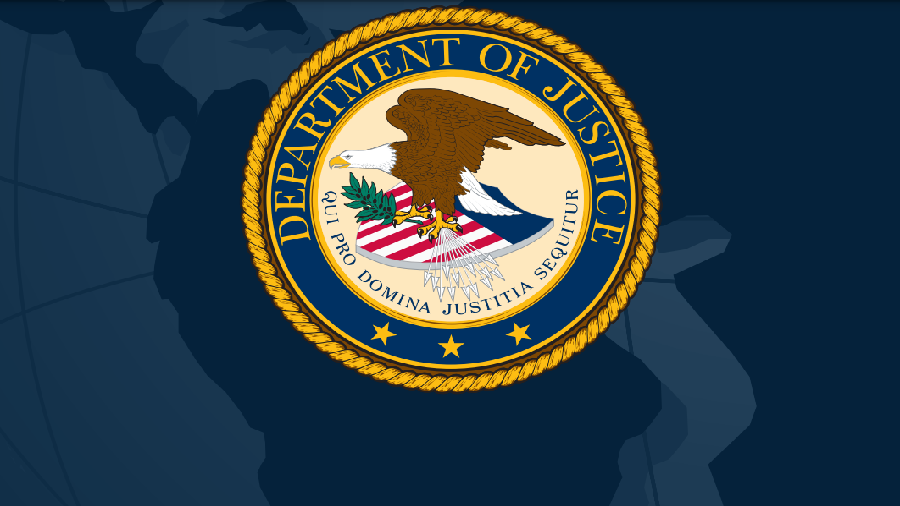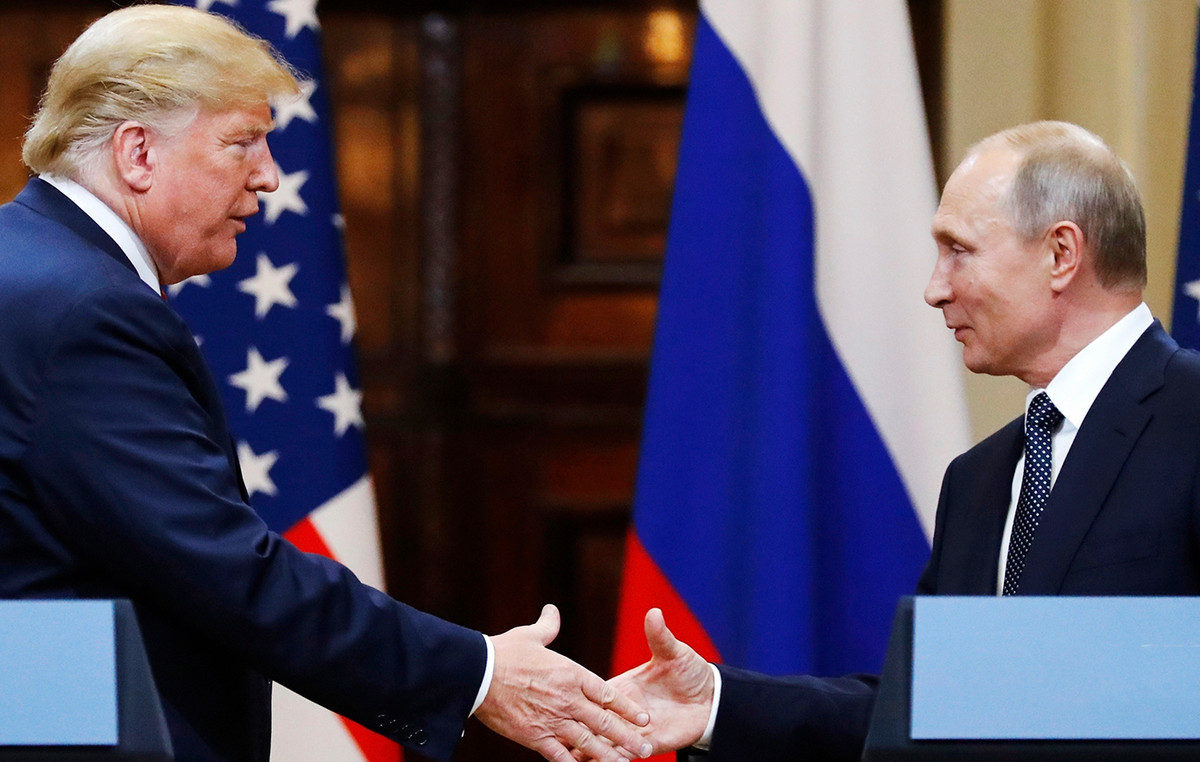- The EUR/GBP maintains its position while the euro is still stronger before the PMI data of the Eurozone and Germany.
- It is widely expected that the ECB announce a rate cut of 25 basic points in June.
- The sterling pound finds support, since the United Kingdom is considered relatively isolated from the impact of US tariffs.
The EUR/GBP goes back its recent losses of the previous session, quoting around 0.8510 during the first European hours on Tuesday. The pair is backed by a stronger euro (EUR), which is gaining ground before the important publications of the purchasing managers index (PMI) of the Eurozone and Germany later in the day. Market attention will also focus on the figures of the Global/CIPS PMI S&P of the United Kingdom.
The strength of the euro follows the robust eurozone inflation data published last Friday. However, the highest inflation figures than expected are unlikely to significantly alter the monetary policy position of the European Central Bank (ECB). ECB officials remain focused on the deceleration of the economic impulse and minimize inflationary risks, despite the new tariffs announced by US President Donald Trump adding external pressure. The markets continue to expect a rate cut of 25 basic points at the June meeting of the ECB, with those responsible for policies confident that inflation will return to the 2% target this year.
On the other hand, the sterling pound (GBP) is also finding support, since the United Kingdom (UK) is considered relatively isolated from the impact of US tariffs, Unlike China or the EU, since the US registered a commercial surplus of 12,000 million dollars with Great Britain in 2024. However, the GBP faces risks down in the middle of the growing expectations that the Bank of England (BOE) will cut interest rates at 25 basic points up to 4.25% in its policy meeting on Thursday.
Investors are also attentive to the updates of the economic forecasts of the BOE, which can provide clues about the probability of additional rate cuts. Some analysts anticipate that the Central Bank could adopt a more moderate tone in response to the increasing global risks, particularly those related to the tariffs of President Trump and the possibility of a broader economic slowdown.
FAQS Central Banks
Central banks have a key mandate that consists in guaranteeing the stability of prices in a country or region. Economies constantly face inflation or deflation when the prices of certain goods and services fluctuate. A constant rise in the prices of the same goods means inflation, a constant decrease in the prices of the same goods means deflation. It is the Central Bank’s task to keep the demand online by adjusting its interest rate. For larger central banks, such as the US Federal Reserve (FED), the European Central Bank (ECB) or the Bank of England (BOE), the mandate is to maintain inflation about 2%.
A central bank has an important tool to raise or lower inflation: modify its reference interest rate. In precommunicated moments, the Central Bank will issue a statement with its reference interest rate and give additional reasons of why it maintains or modifies it (cut it or the SUBE). Local banks will adjust their savings and loan rates accordingly, which in turn will make it difficult or facilitate that citizens obtain profits from their savings or that companies ask for loans and invest in their businesses. When the Central Bank substantially rises interest rates, there is talk of monetary hardening. When it reduces its reference rate, it is called monetary relaxation.
A central bank is usually politically independent. The members of the Central Bank Policy Council go through a series of panels and hearings before being appointed for a position in the Policy Council. Each member of that council usually has a certain conviction on how the Central Bank should control inflation and the consequent monetary policy. Members who want a very flexible monetary policy, with low types and cheap loans, to substantially boost the economy, while comprising with inflation slightly greater than 2%, are called “pigeons.” Members who prefer higher types to reward savings and want to control inflation at all times are called “hawks” and will not rest until inflation is located at 2% or just below.
Normally, there is a president who directs each meeting, has to create a consensus between the hawks or the pigeons and has the last word when the votes must be divided to avoid a draw to 50 on whether the current policy must be adjusted. The president will pronounce speeches, which can often be followed live, in which he will communicate the current monetary position and perspectives. A central bank will try to boost its monetary policy without causing violent oscillations of the fees, the actions or their currency. All members of the Central Bank will channel their position towards the markets before a monetary policy meeting. A few days before a monetary policy meeting is held and until the new policy has been communicated, the members are prohibited from speaking publicly. It is what is called a period of silence.
Source: Fx Street
I am Joshua Winder, a senior-level journalist and editor at World Stock Market. I specialize in covering news related to the stock market and economic trends. With more than 8 years of experience in this field, I have become an expert in financial reporting.







